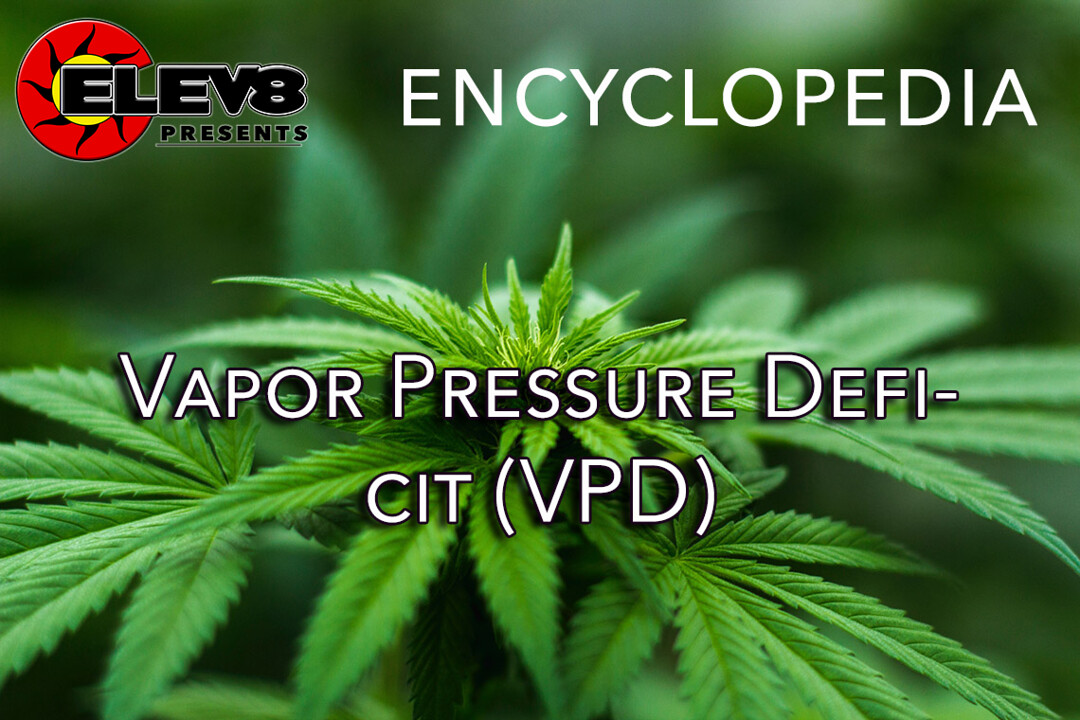What does Vapor Pressure Deficit (VPD) mean?
Vapor pressure deficit (VPD) is a measurement of humidity in a particular area. VPD determines the difference between the amount of moisture in the air and the amount of moisture the air can hold. It is a more accurate measurement than relative humidity (RH), and is a measurement often taken and utilized by greenhouse and grow room operators.
More Info On Vapor Pressure Deficit (VPD)
VPD expresses the force behind water loss from a plant’s leaves. Much like humans, plants sweat. This is accomplished through the process of transpiration. During this process, plants release water vapor through their stomata. Generally, the drier the air surrounding the plant, the more the plant will transpire. This will result in water loss for the plant. For plants grown in regulated environments, knowing the amount of humidity in the area is crucial to plant growth and vitality.
Although the needs of individual greenhouses and indoor gardens will vary, growers should ideally aim for a low VPD. This enables plants to transpire properly and cool themselves. Likewise, a high VPD could potentially cause plant stress.
VPD can be calculated through mathematics, with formulas that involve using the ambient temperature of the greenhouse, relative humidity, and saturation pressure as variables.







